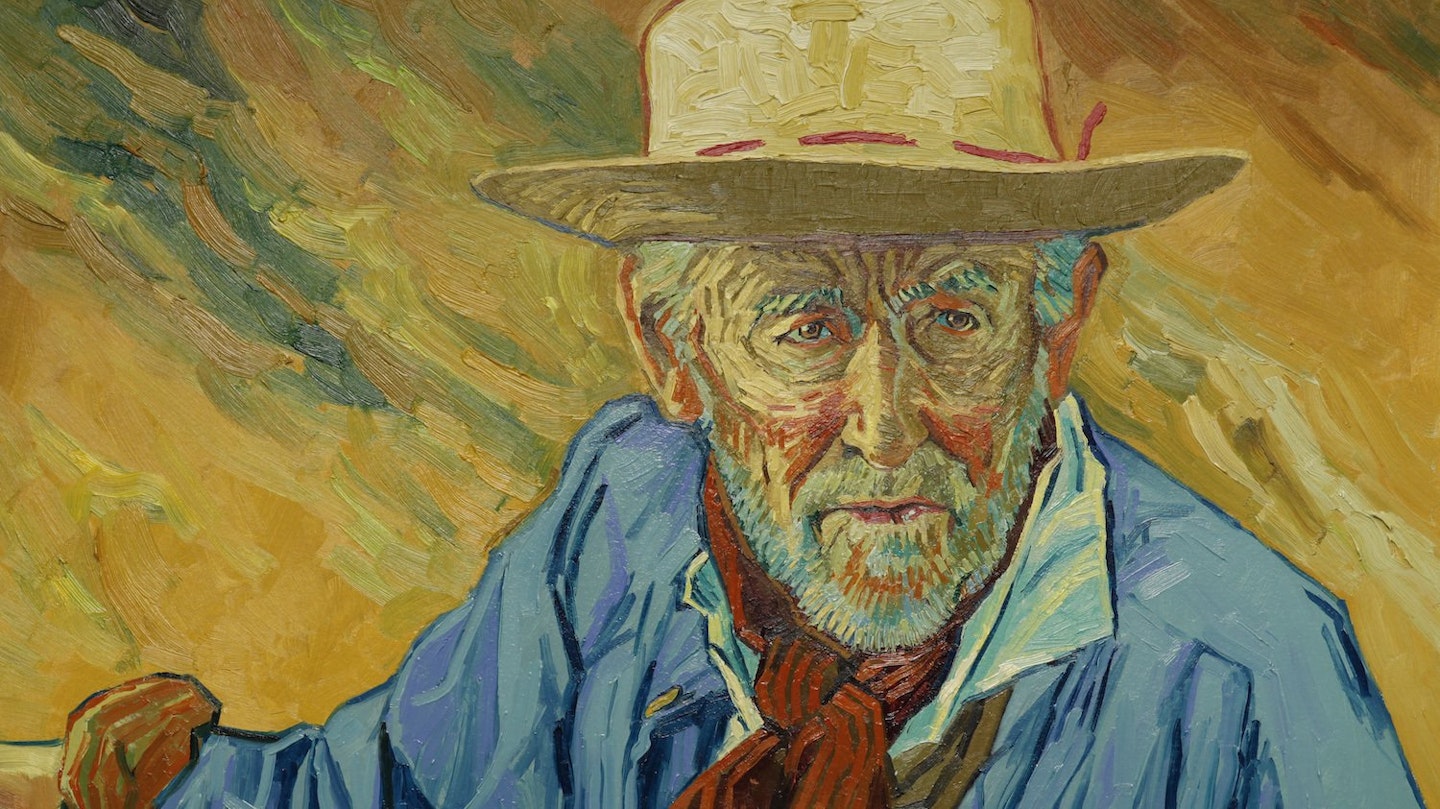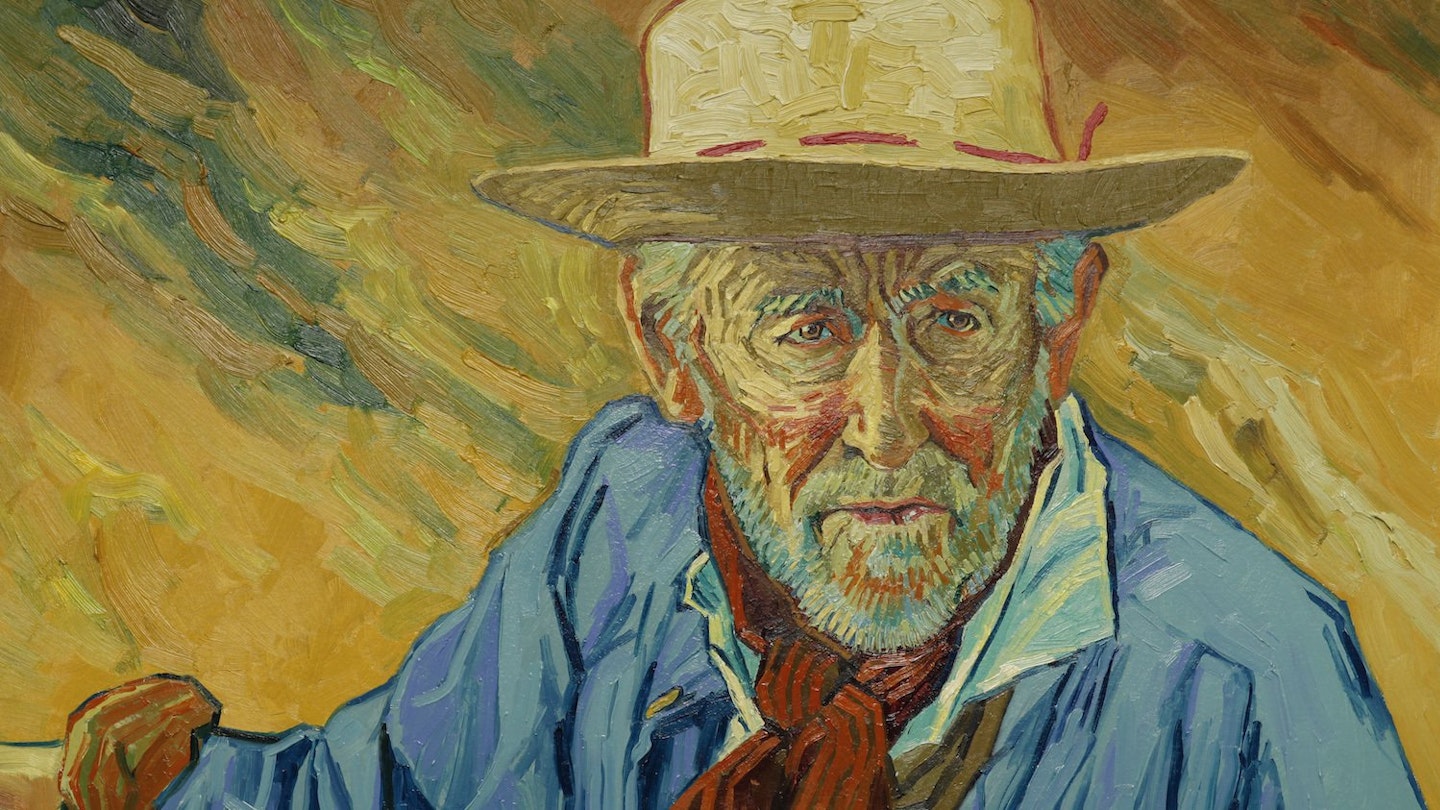There is something brilliantly bonkers about Loving Vincent. Made over seven years, directors Dorota Kobiela and Hugh Welchman recreated the paintings of Vincent van Gogh with actors against green-screen, then employed 125 artists to paint over 62,450 frames to reflect the artist’s style. The result resembles Richard Linklater’s adventures in rotoscoping, Waking Life and A Scanner Darkly, but seemingly painted by the world’s most famous artist. It might not completely satisfy dramatically but Loving Vincent is one of the most beautiful films of 2017, offering a glimpse of life through different eyes.
One of the most beautiful films of 2017.
From the opening hand-painted credit sequence — prefigured by van Gogh’s quote “We cannot speak other than by our paintings” — we are pulled into van Gogh’s hyper-sensual worldview, its beauty amplified by Clint Mansell’s gorgeous score. The form is the content here, from a yellow blazer that burns the eye with its intensity to black inky
nights, from wild colours to the most delicate pastels. Art historians will have a field day catching references (helpfully pointed out at the end); the rest of us can just wallow in its splendour.

The story borrows from another great work of art, Citizen Kane. Set a year after van Gogh’s apparent suicide, a postmaster (a big, beardy Chris O’Dowd) sends his son Armand (Douglas Booth) to deliver one of van Gogh’s letters to his brother Theo, only to discover Theo has also passed away. Armand then takes it on himself to investigate the mystery around Vincent’s death, chiefly why a sane man would be driven to suicide (or was he murdered?). So — and this is where Citizen Kane comes in — he starts interviewing those who knew van Gogh: his paint supplier (John Sessions), his doctor (Jerome Flynn), his doctor’s daughter (Saoirse Ronan) and a boatman (Aidan Turner) all provide conflicting accounts, creating a fractured portrait that never coheres into a clear picture. The point — that perhaps the only way to know an artist is through their work — couldn’t be clearer.
This detective story is the weakest element of Loving Vincent. Ambitiously, Kobiela and Welchman stitch some 130 van Gogh paintings into the narrative but the storytelling lacks energy, hindered by trying to join the dots between the art works. Recreating the paintings also comes with another problem. The rotoscoping process means you now have the likes of Saoirse Ronan and Chris O’Dowd starring in van Gogh’s iconic paintings, and the effect is occasionally jarring or even funny.
But if you ever wondered what Bronn off Game Of Thrones would look like painted by a master, this is the film for you. And as such, it is a treat.

